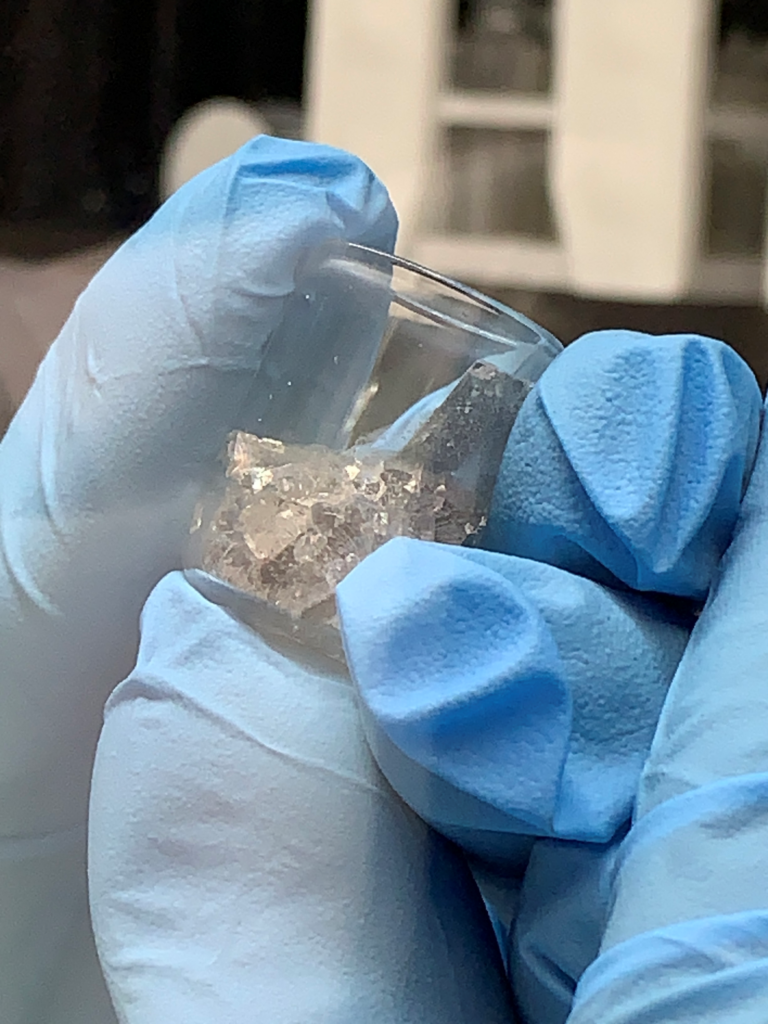Nuclear Fuel Analysis and Development
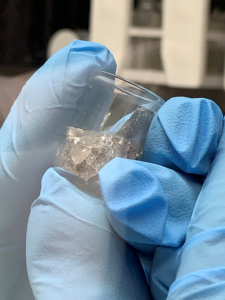
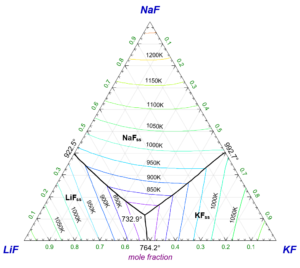
Research on nuclear fuel includes preparation of samples and experimental measurements of phase equilibria and thermochemical properties of fuel compositions. These include oxide and non-oxide concepts such as uranium nitrides, carbides, and silicides, and composite fuels as well. Recent years has also seen a large effort on molten salt-based fuels, with the group creating an publicly available international database of the thermodynamic values for molten salt systems. To understand the effect of transuranic elements and fission products, and potential interactions/compatibility with cladding or structural materials, many compositions containing those elements can be prepared and studied. The measurements together with information from the technical literature are being used to generate accurate representations of the complex, multicomponent phases that make up fuel undergoing burnup. The research is being performed collaboratively with several U. S. Department of Energy National Laboratories, NASA, the Westinghouse Electric Company and Terrestrial Energy, Inc.
For more information on the operating fundamentals of a molten salt reactor, watch the short video here.
Modeling and Simulation
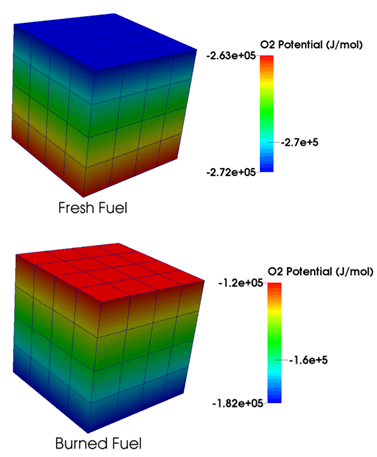
While computer codes that represent nuclear reactor behavior have been used for many years, there is a new push to use computational methods to fully understand the behavior of nuclear energy systems, including those of fuel. Work in the group on the development of nuclear fuel simulations is focusing on the chemical behavior of the fuel as it undergoes burnup. Chemical equilibrium calculations based on databases generated in our work, are being coupled with broader nuclear fuel codes in the Idaho National Laboratory MOOSE-BISON framework to begin to fully describe how fuel performs in both today’s and future reactors. The efforts involve far reaching collaborations including those with Los Alamos, Oak Ridge and Idaho National Laboratories.
Nuclear Waste Forms
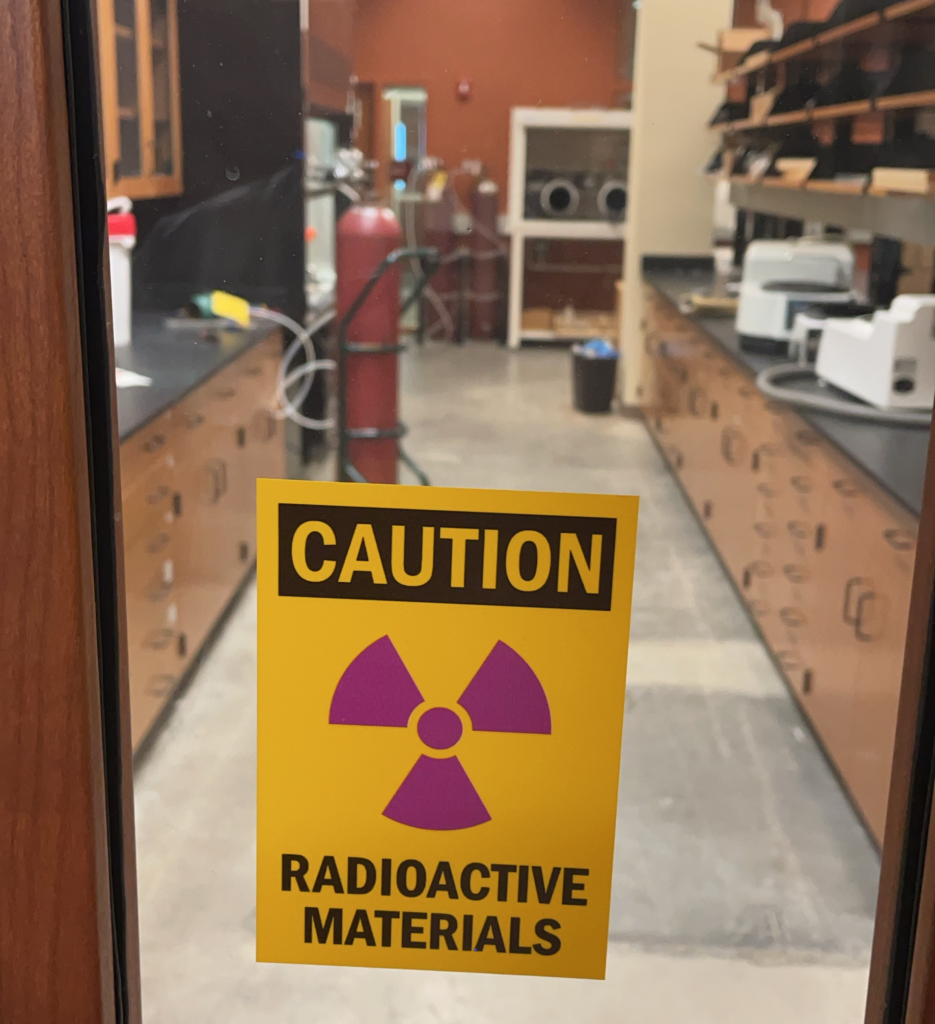
The nation’s legacy of high-level nuclear waste is being transformed from liquid and solids of various forms to a durable glass. While a successful approach, the very large quantities of waste, and issues of stability that exist for some of the waste elements, have generated a need of specialized alternative approaches. Our research is focused on exploring new, non-glass (crystalline) waste forms that have the potential to safely contain radioactive elements for many millennia, keeping them out of the environment. This includes understanding the formation of the crystalline phases and stability of these compounds, especially as they are exposed to high levels of radiation. Current efforts are focused on participation in the Department of Energy’s Center for Hierarchical Waste Form Materials which is led by USC and includes participants at U. S. national laboratories, several other universities, and a French national Laboratory.
Public Policy
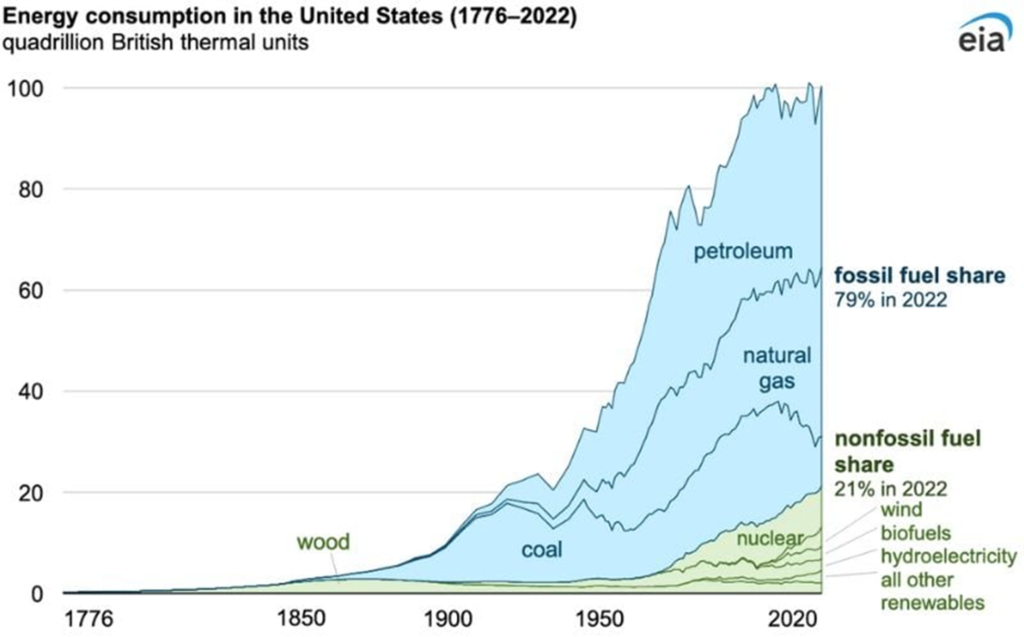
An area of interest in energy policy, and in particular that related to electricity generation and use. Dealing with climate change means that nuclear power needs to be prominent in any successful plan. Yet today nuclear faces challenges from inexpensive natural gas with its increasing market share, and yet obvious issue of greenhouse gas emissions. Understanding the issues that must be addressed to increase the needed share for nuclear electricity, and means for building new plants in the current power market are subjects of study. Picture taken from The U.S. Energy Information Administration’s Monthly Energy Review.
